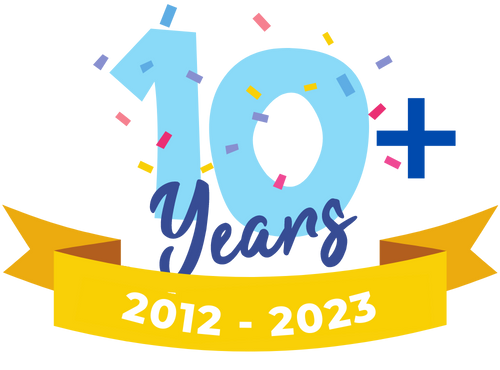What is an Orofacial Myology / Myofunctional Disorder (OMD)?
An OMD is a disorder of the Orofacial muscle complex which includes the mouth, tongue, lips, and facial musculature (the system or arrangement of muscles).OMDs can occur as a result of thumb or finger sucking habits, a habitually open mouth posture, or a forward tongue position often referred to as ‘tongue thrust.”
Over time the presence of an OMD can frequently result in dental malocclusion (malocclusion means the teeth are not aligned properly.) such as an open bite, or cause adverse changes affecting facial development. An OMD can undermine the stability of orthodontic correction, resulting in relapse. It can result in strain on other dentition, causing chewing difficulties, which may affect digestion. Research has shown a high incidence of speech problems in individuals with OMD.
Tongue-tie
is often another causative factor in the development of OMD’s. Many specialists agree that a restricted lingual frenum, or RLF (An RLF or tongue tie is a problem whereby the band of tissue on the underside of the tongue (lingual frenulum) and the floor of the mouth is tight or restricts the mobility of the tongue.) can result in dental, speech, and skeletal changes (jaw and palate formation).Because of the specialization of orofacial myology tongue tie professionals works closely with a variety of healthcare professionals to address problems that may ensue. They include: pediatricians, otolaryngologists, allergists, dental specialists, maxial-facial surgeons, orthodontists, physical therapists, and chiropractors.
What causes an OMD?
While it is often difficult to pinpoint a single cause of OMD, it can often result from one or more of the following problems:- Improper oral habits including thumb, digit or long-term pacifier sucking
- Restricted airway due to enlarged tonsils or adenoids; allergies; or chronic nasal obstruction
- Family heredity
- Structural or physiological abnormalities such as a short lingual frenum (tongue tie) or abnormally large tongue (macroglossia)
- Chronic open mouth posture Neurological or developmental abnormalities
Common effects of OMD postures
Anterior tongue postureThis is the most common type of tongue posture, often referred to as “tongue thrust.” The front lips don’t close and the child often has his mouth open with the tongue protruding from beyond the lips.
Bilateral anterior tongue posture
The only teeth that touch are the molars with the bite completely open on both sides including the anterior teeth.
Bilateral tongue posture
The anterior bite is closed; however, the posterior teeth may be open on both sides. This is the most difficult thrust to correct.
What age should therapy begin?
Age is a very important factor to consider in treating OMDs. Early identification and treatment in youngsters as young as 4 may assist in eliminating thumb or finger sucking habits, and assist with improved dental facial development, or eliminate a speech impairment associated with OMD. A child of 8 to 9 years of age is old enough to undergo complete training.Is treatment effective?
Most recent scientific literature has shown that treatment for orofacial myology disorders can be 80-90% effective in correcting swallow and rest posture functions. It also shows these corrections are retained years after successful completion of treatment (Hahn & Hahn, 1992).Orofacial myology disorder clients should be individually evaluated to discover all of the factors, which may be involved. This is especially important where there are dental, medical, or speech concerns. The professionally-trained orofacial myologist will make the decision whether or not the patient would benefit from treatment. A multidisciplinary professional approach is vital to successful treatment and includes: dentists, orthodontists, allergists, and EMT physicians.
OMD’s role in craniofacial development and long-term health issues.
The conscious & unconscious movements of the mouth and facial muscles can:
- Affect how you look
- Alter the shape of your mouth
- Can relate to feeding difficulties or aversions
- Impede alignment of your dental bite
- Cause pain or dysfunction of the TMJ
- Develop head and neck posture problems
- Affect developing speech patterns
- Affect sleep patterns
Elimination of an Orofacial Myofunctional Disorder can assist in:
- Assist in developing proper occlusion
- Provide stability of the oral musculature for orthodontic treatment planning and correction
- Stabilize the temporal mandibular joint
- Develop healthy breathing patterns
- Reduce the effects of certain speech disturbances for /r/ and lisping

